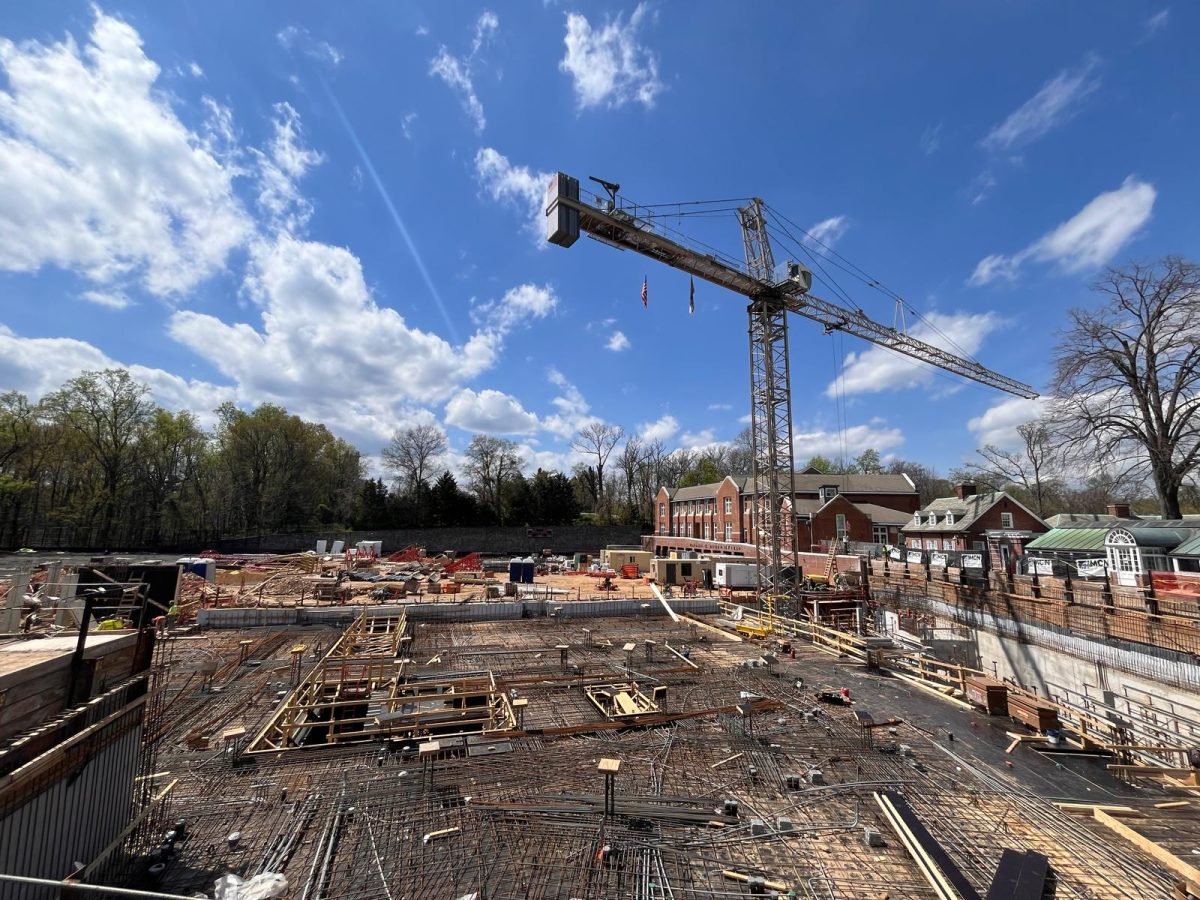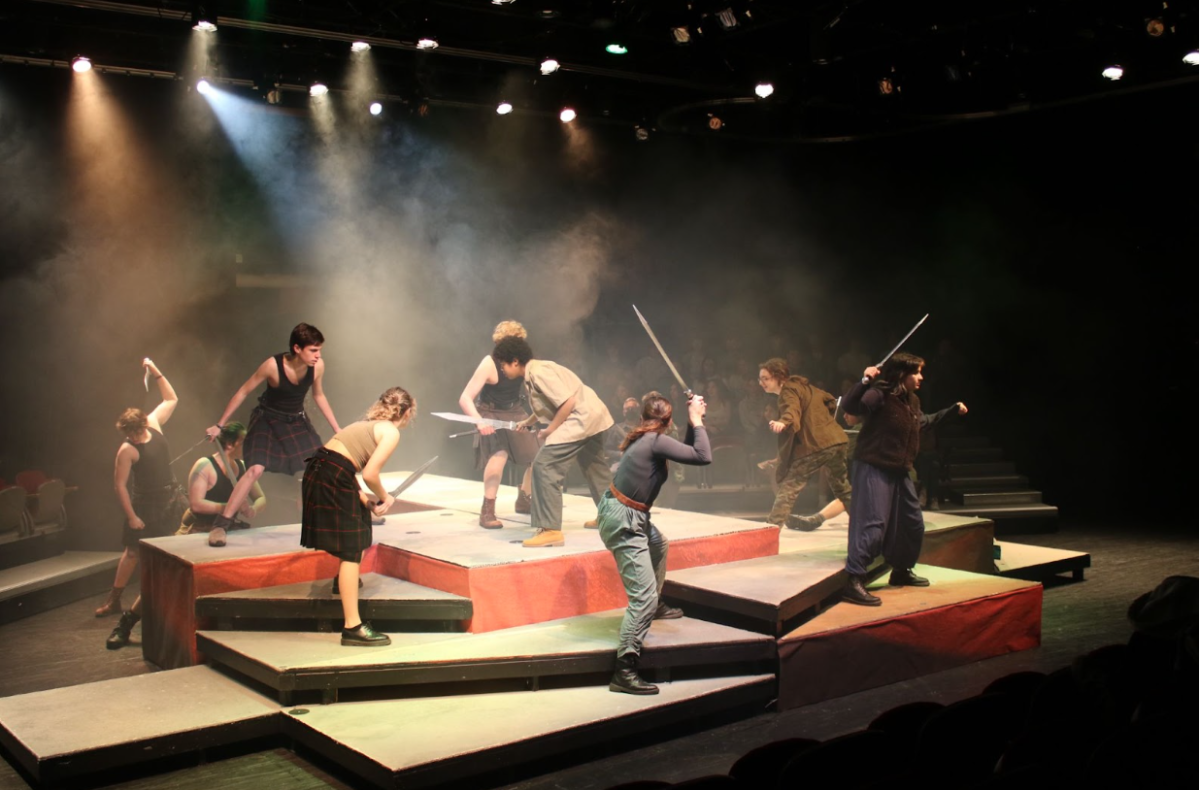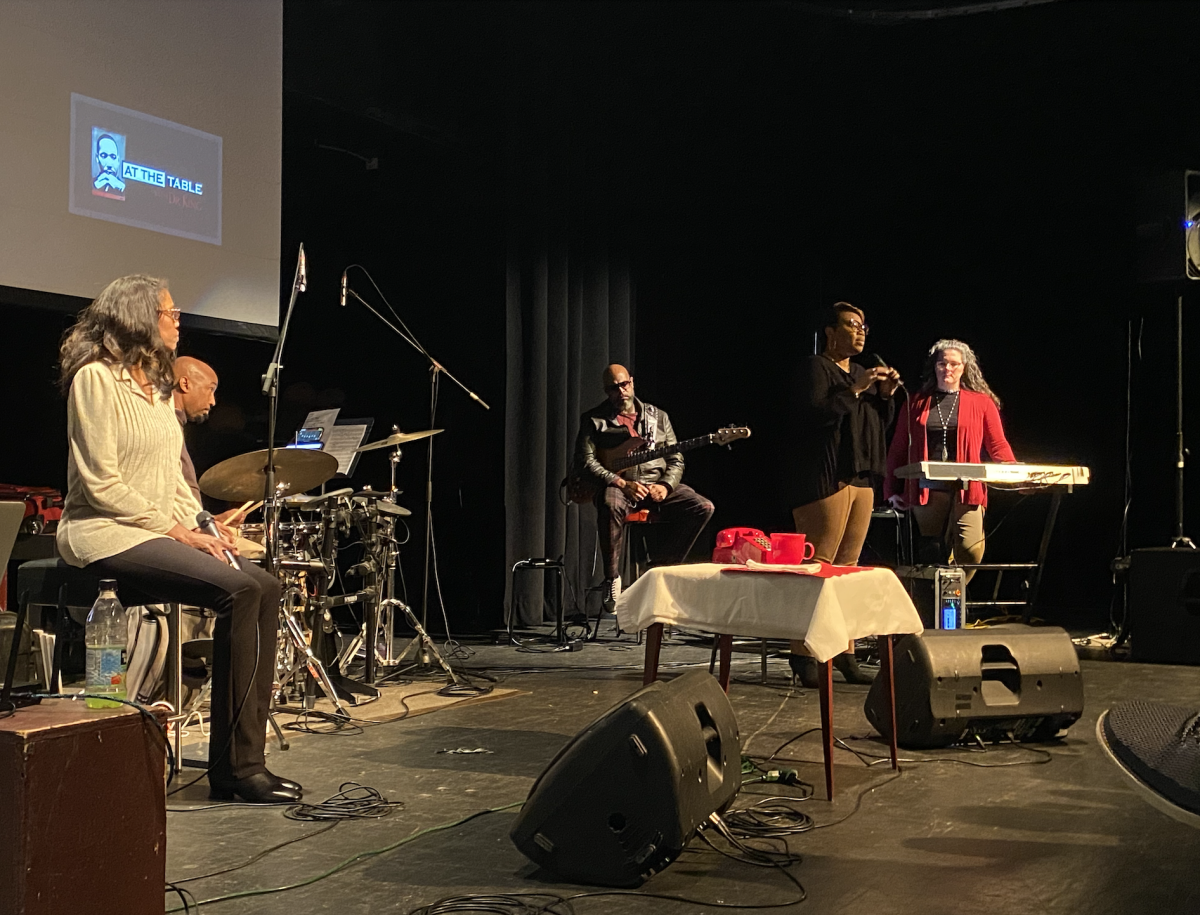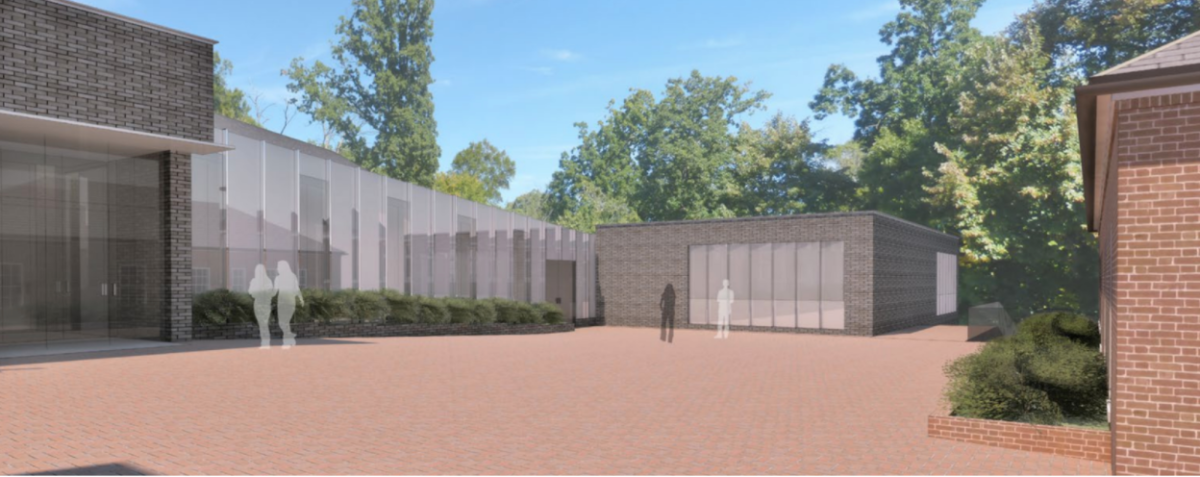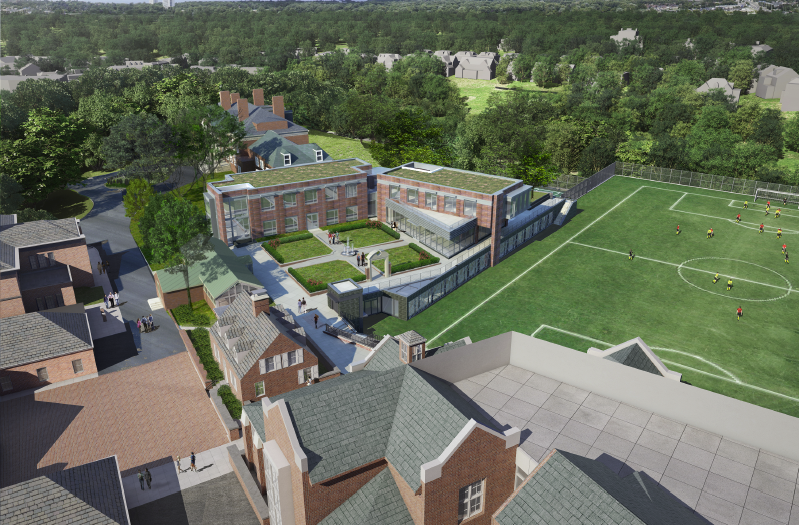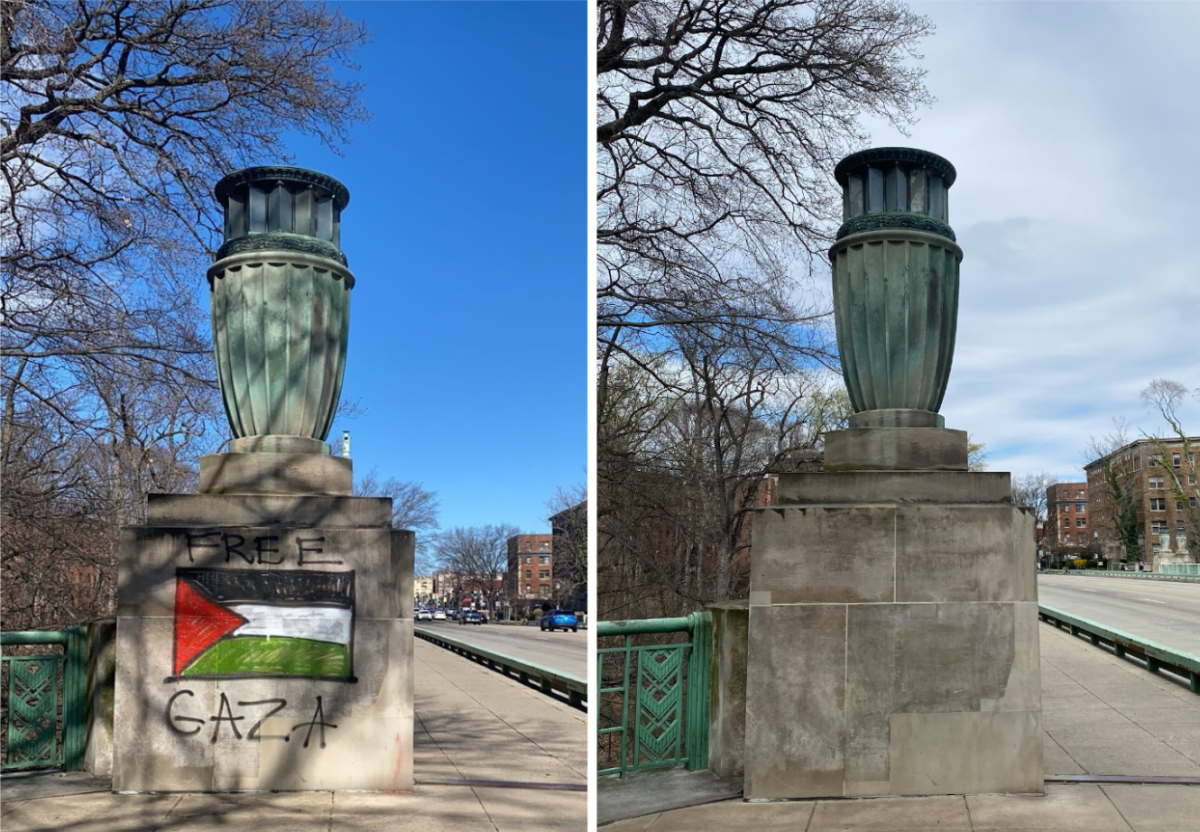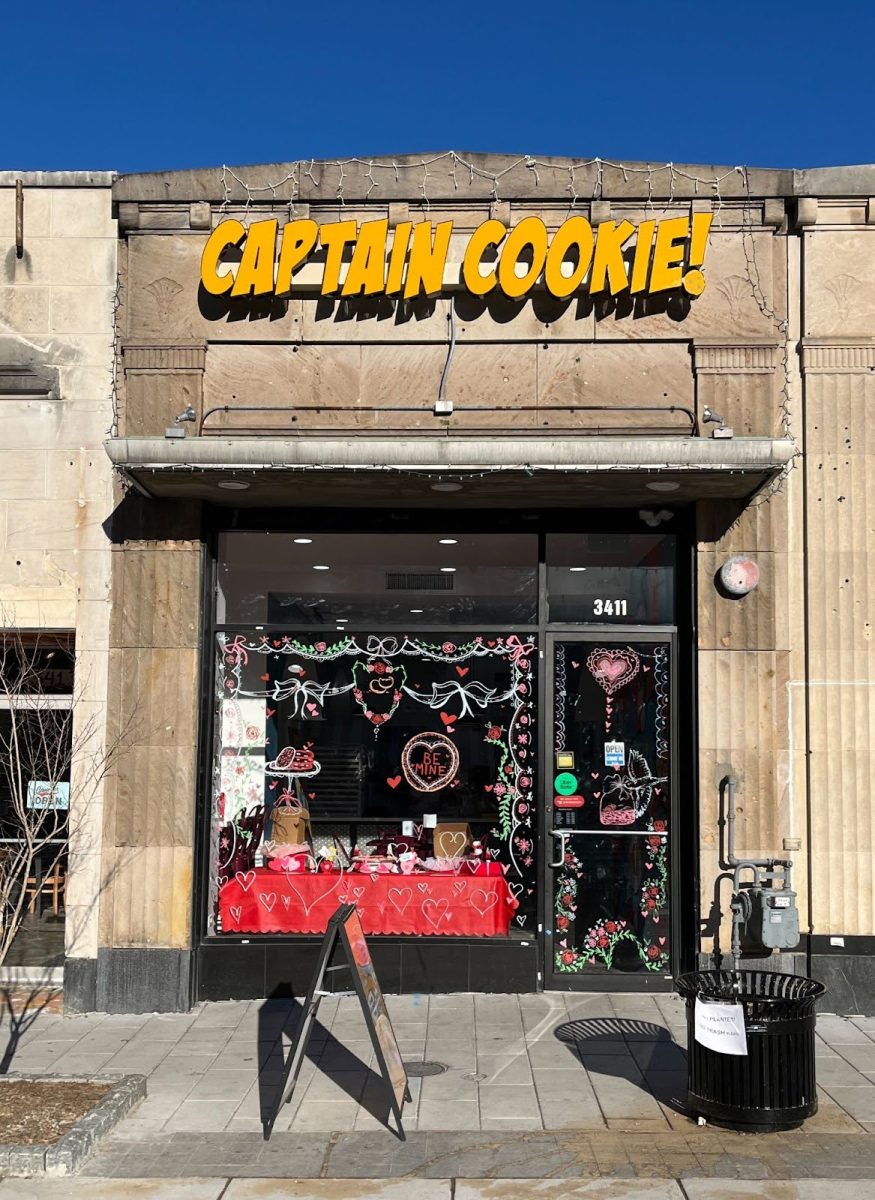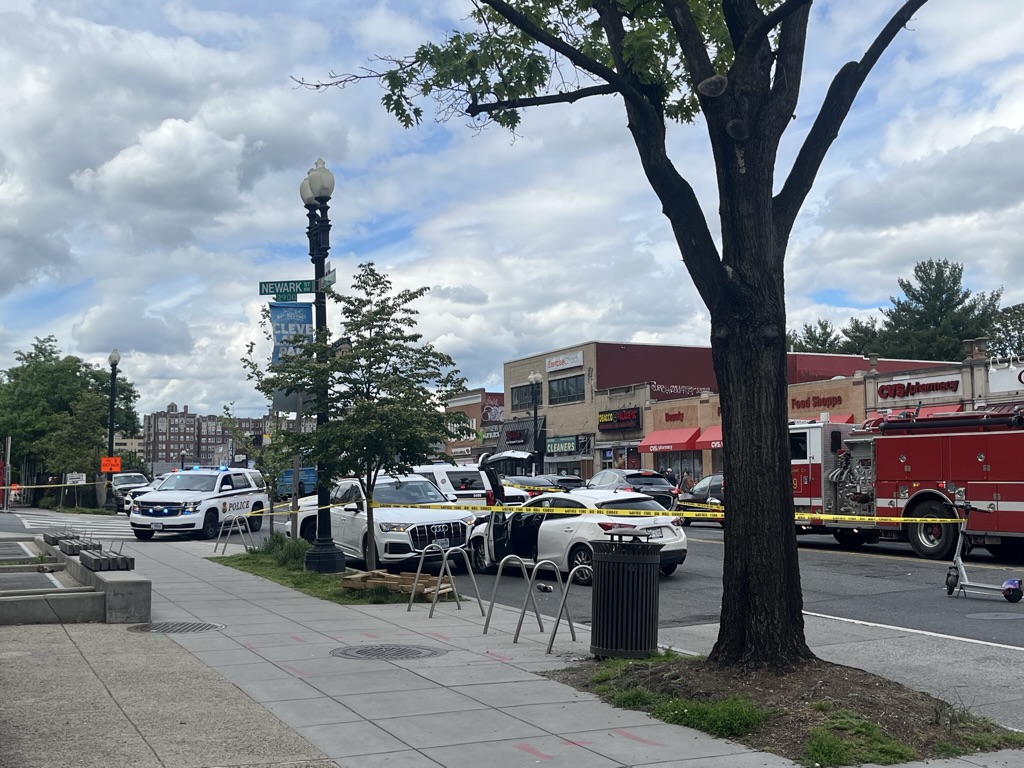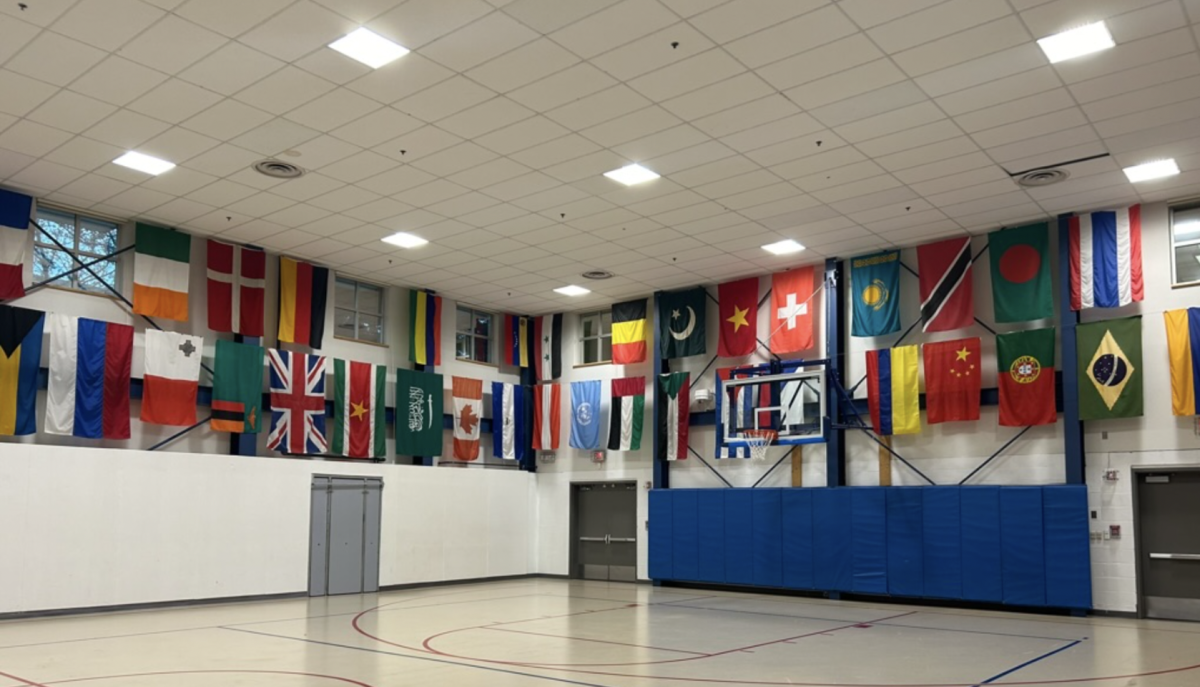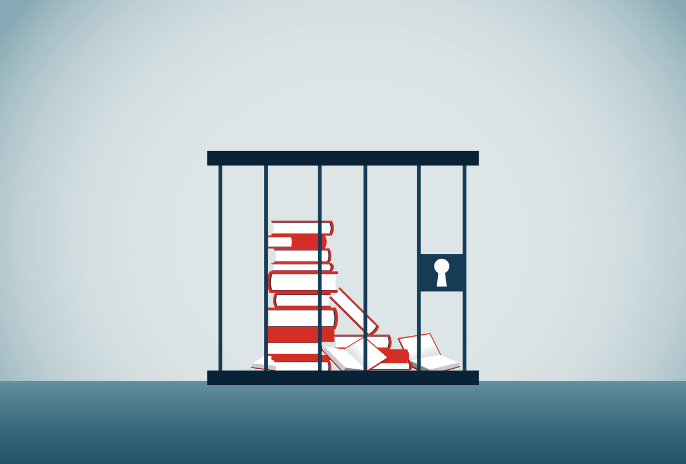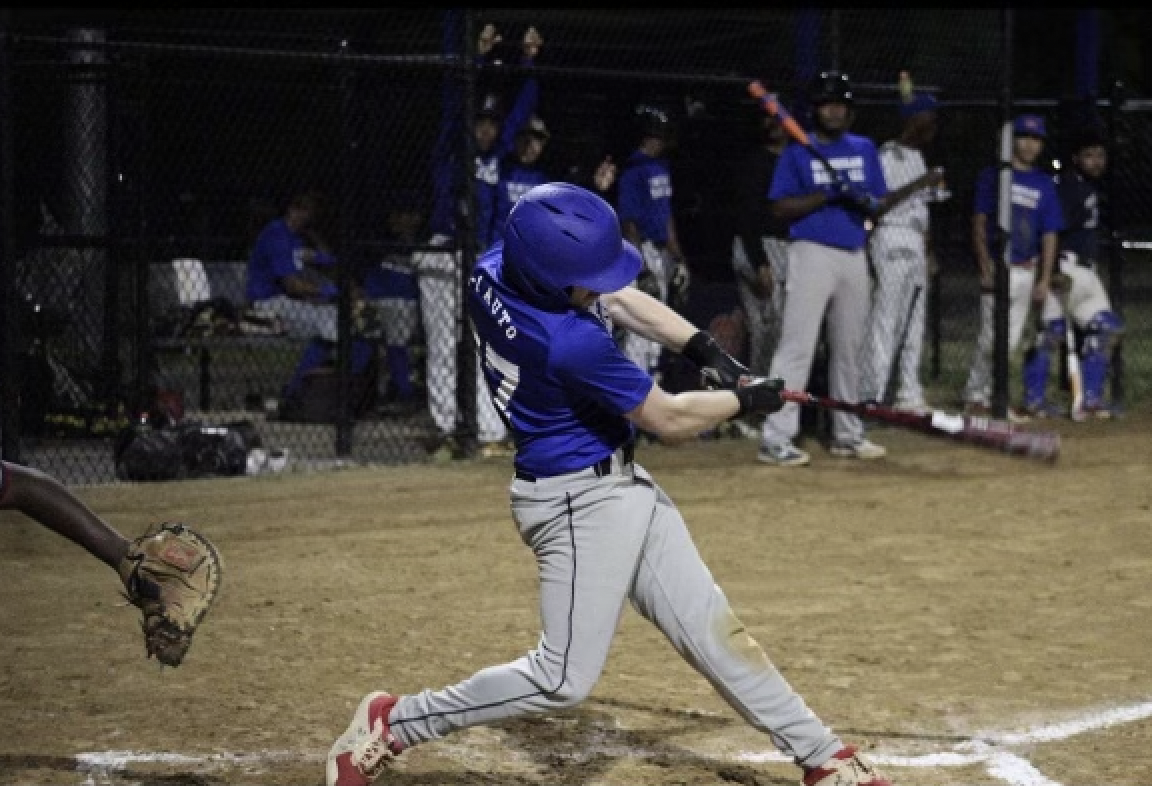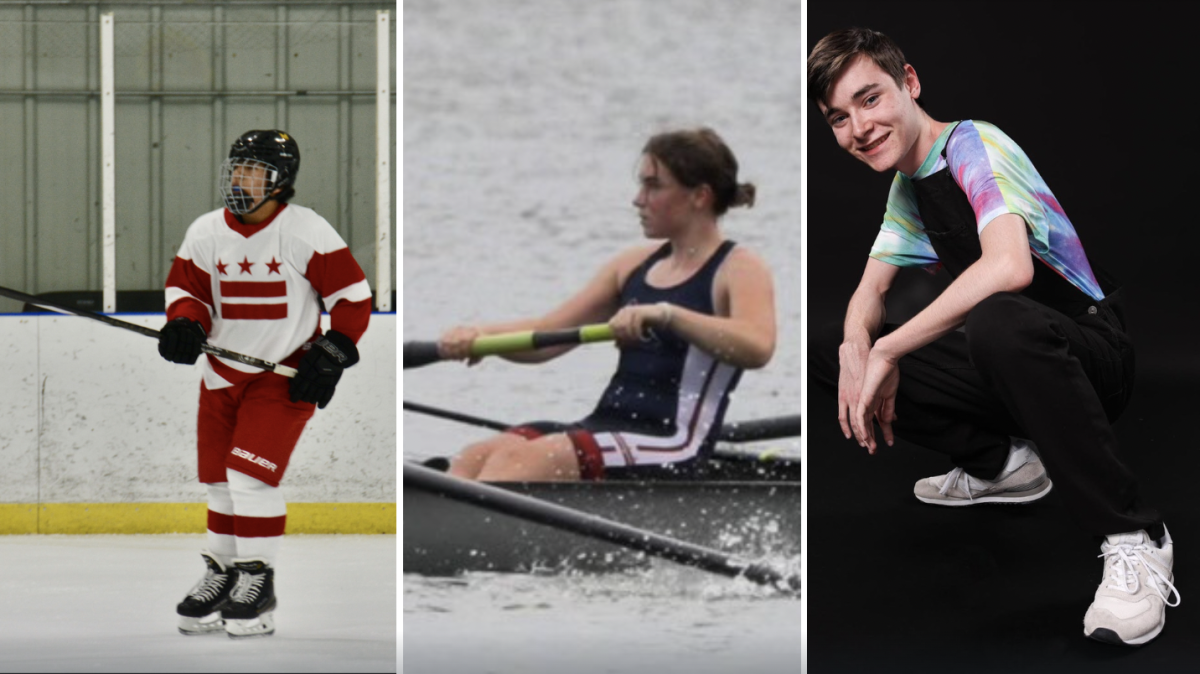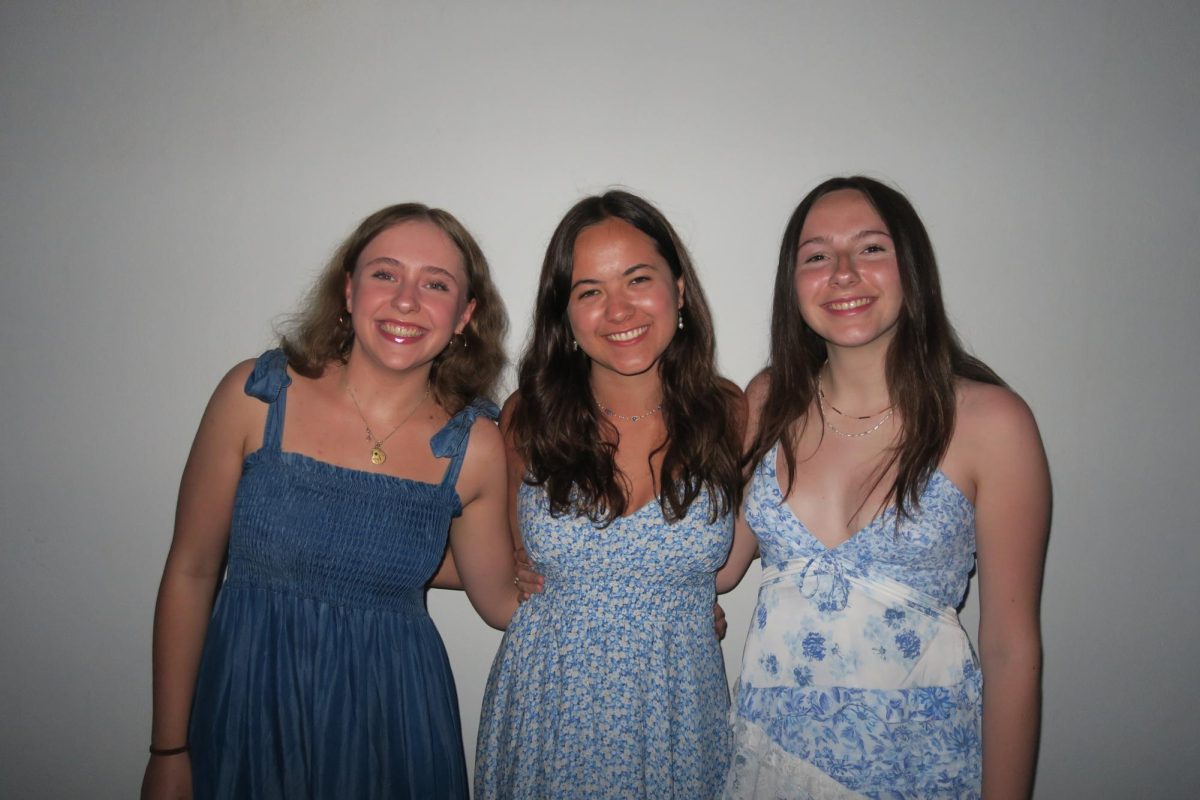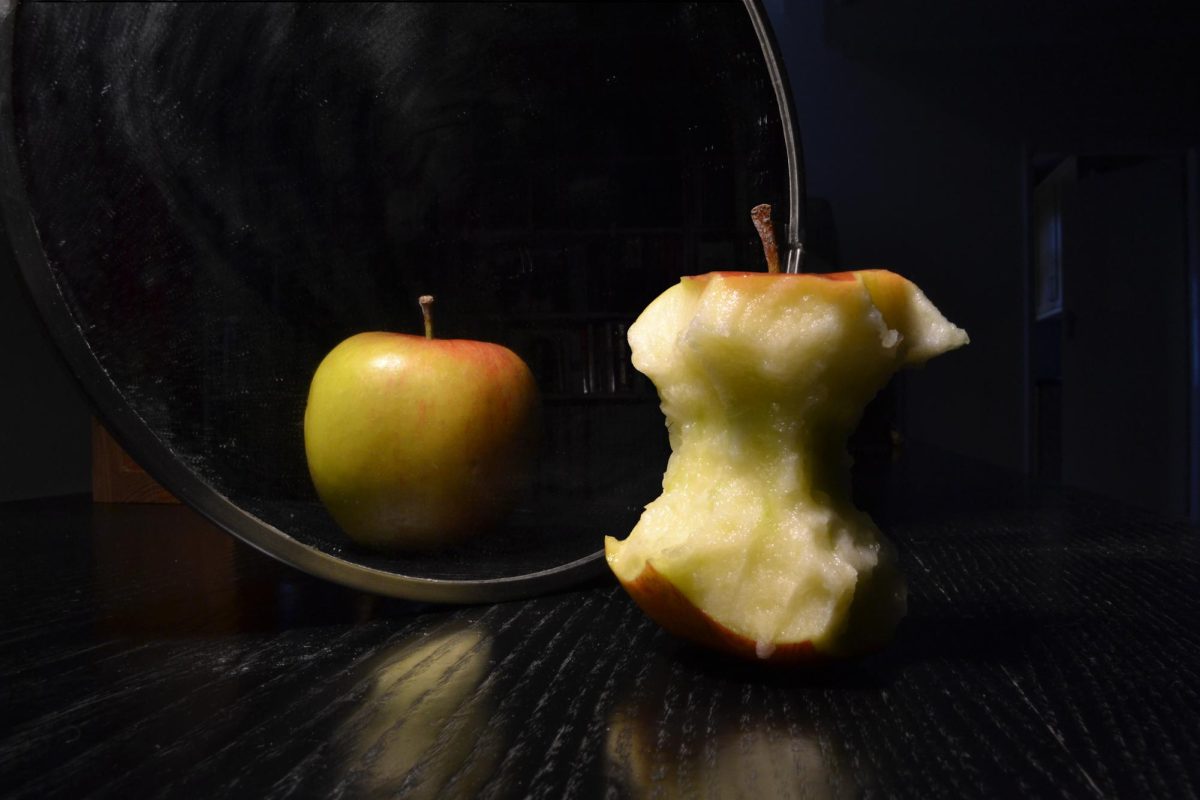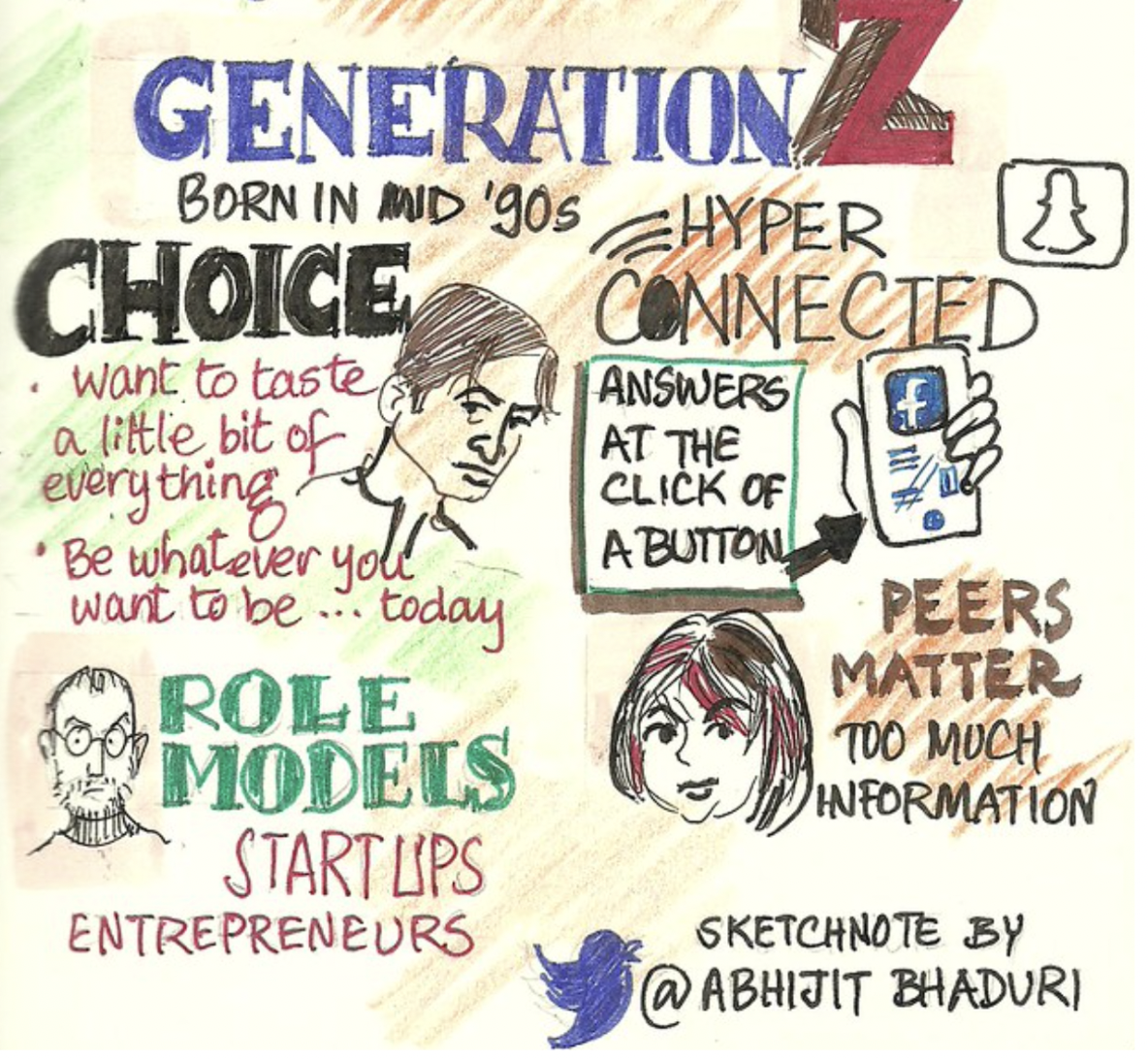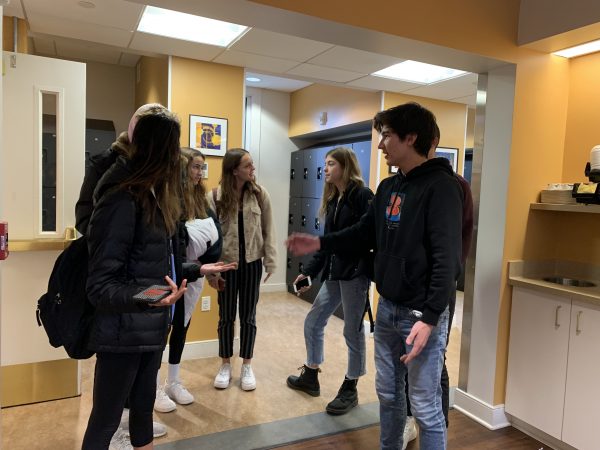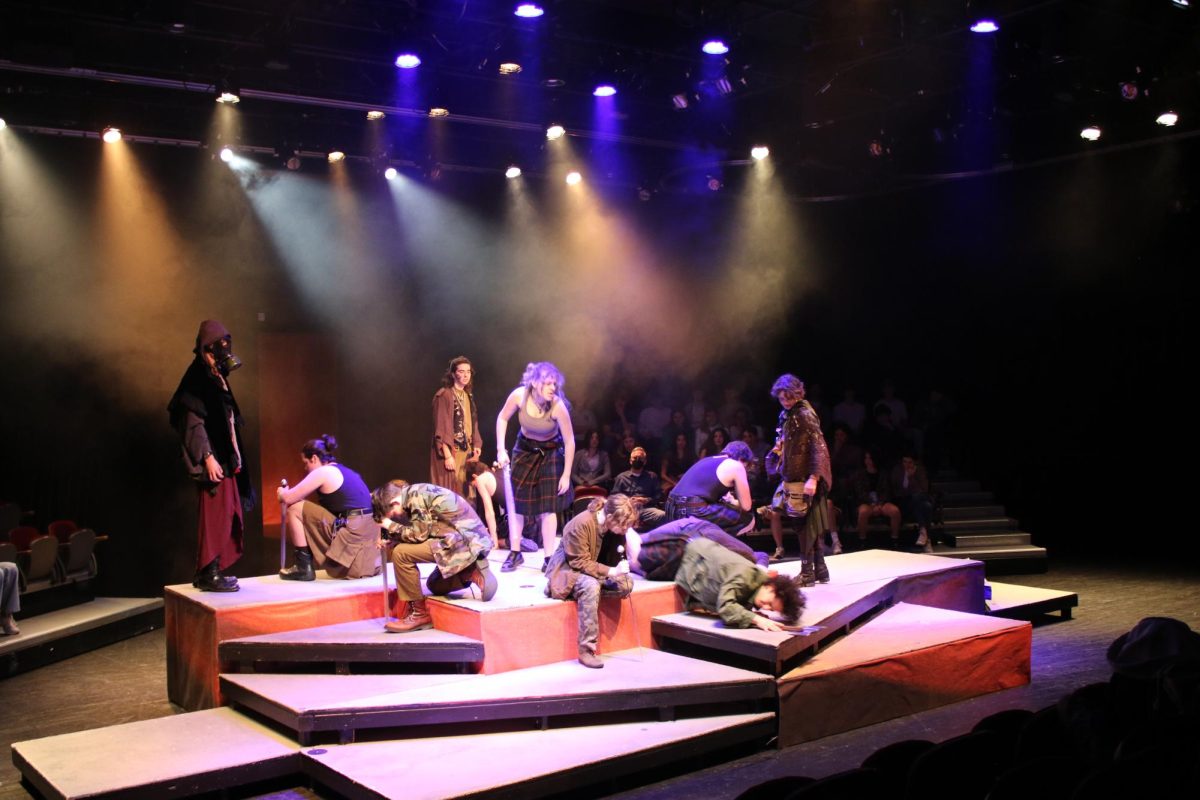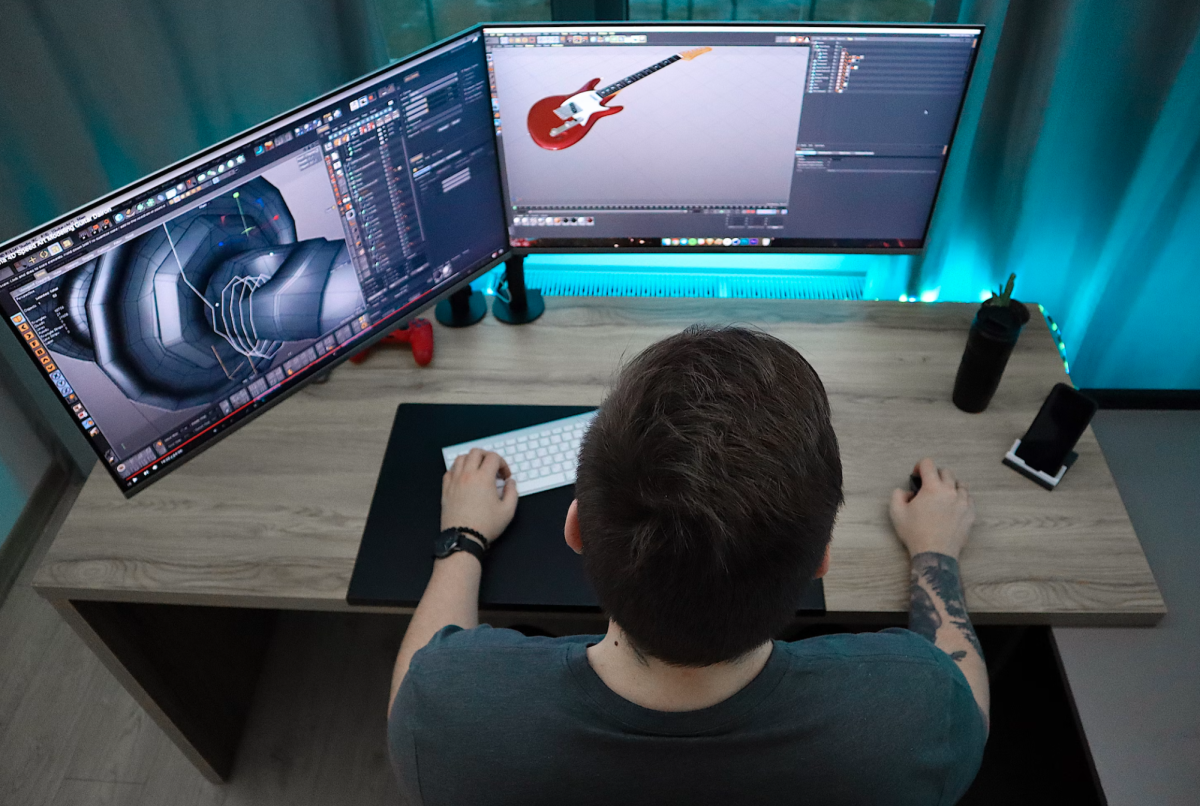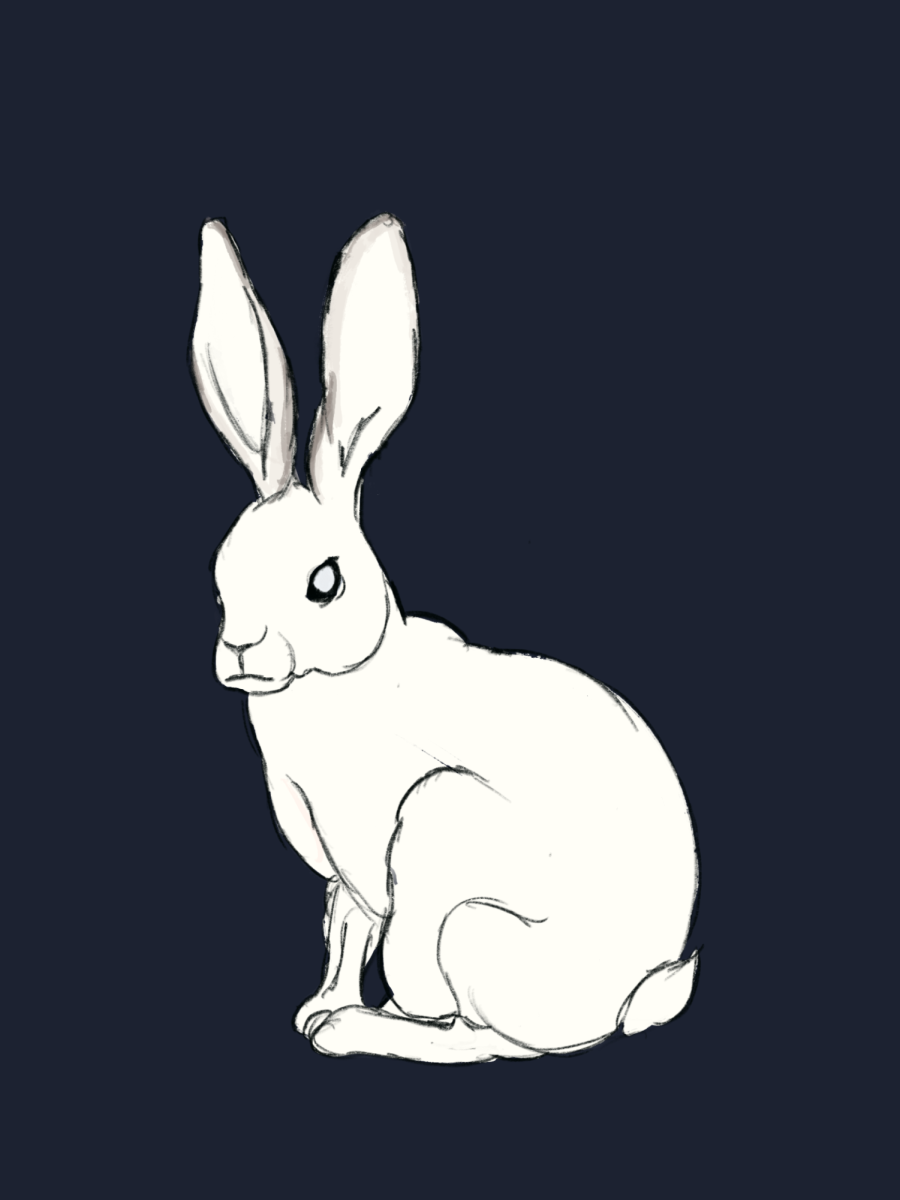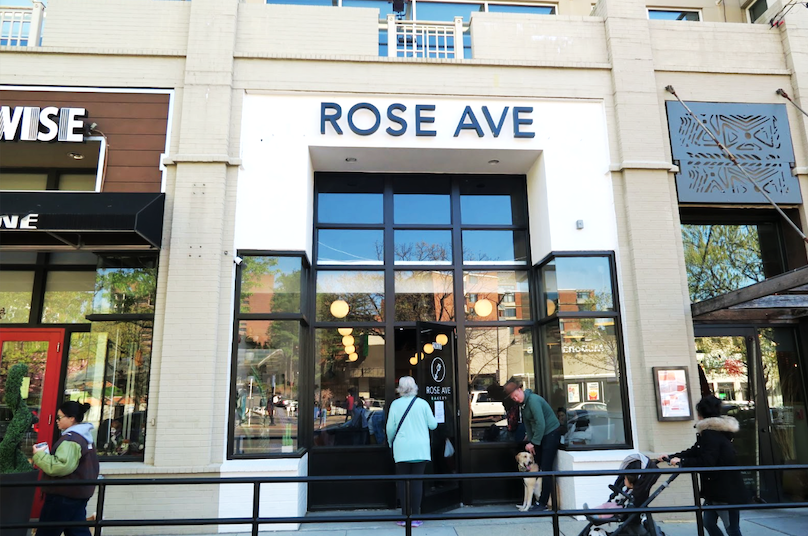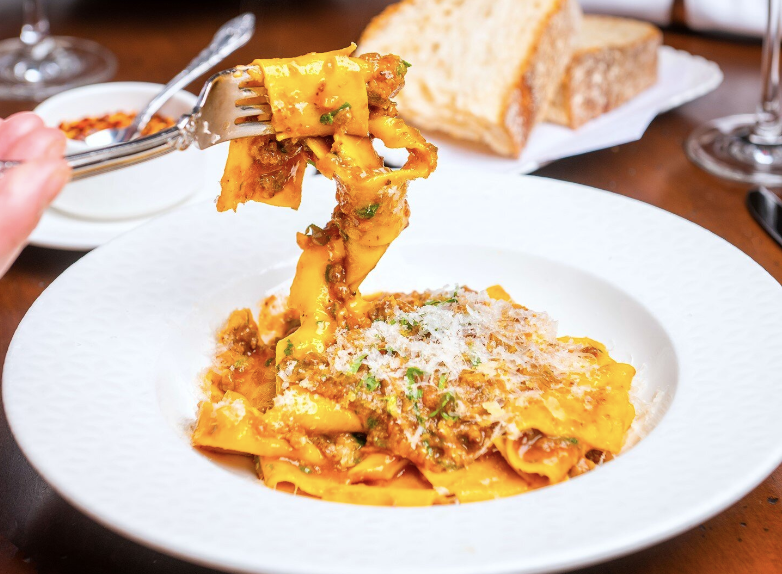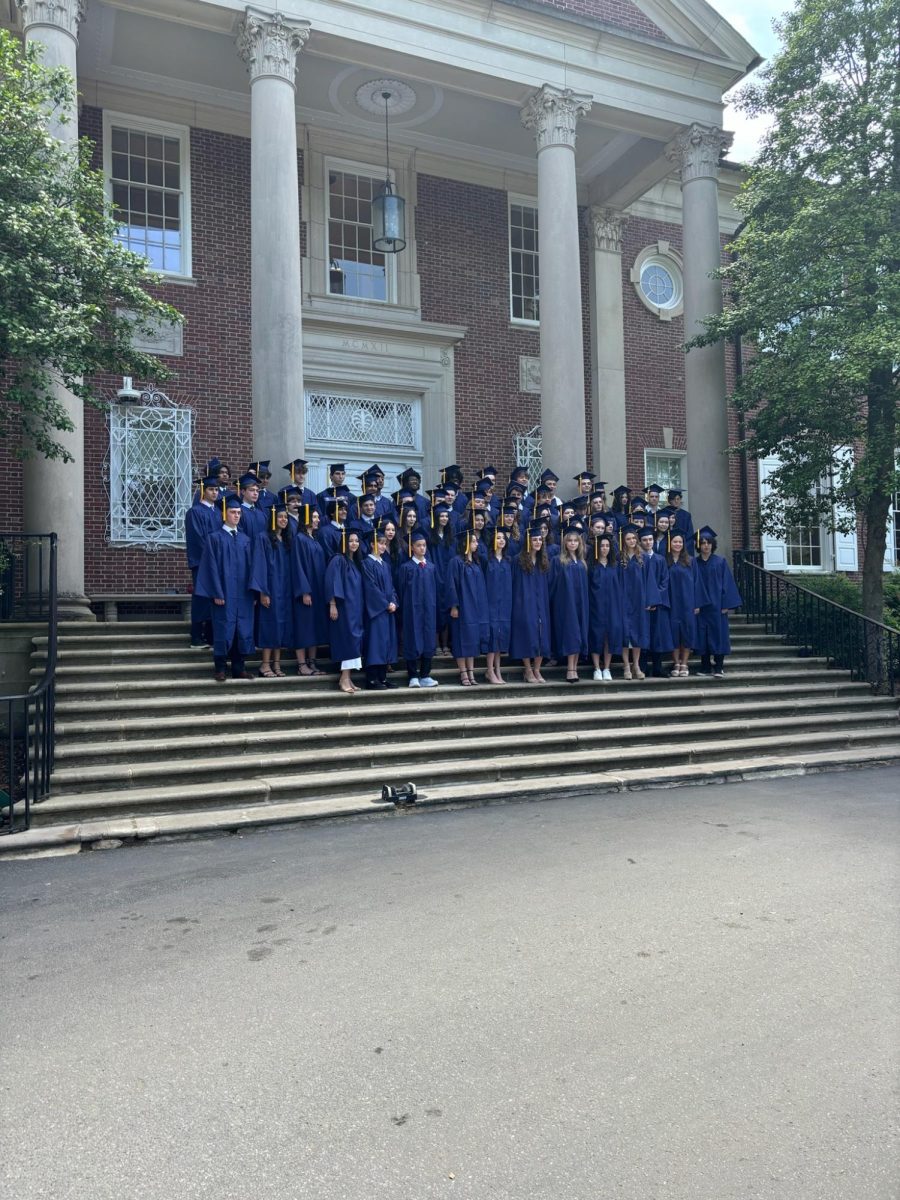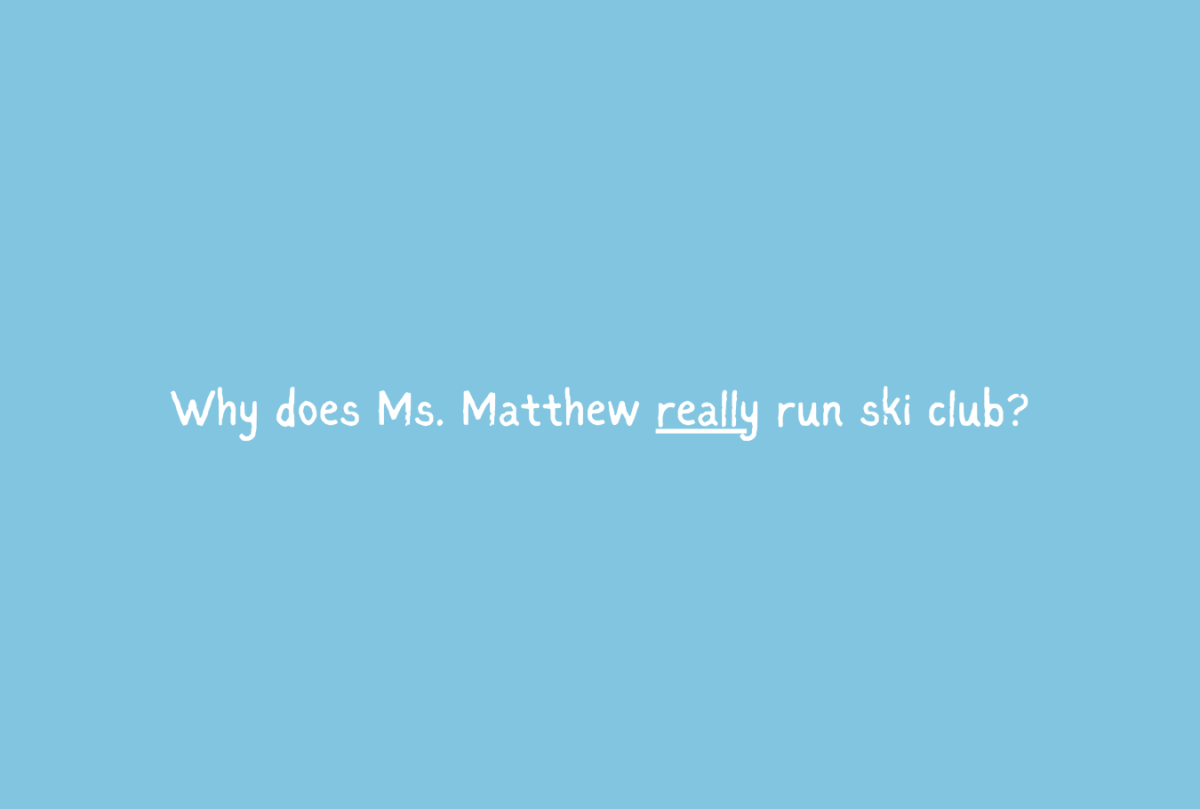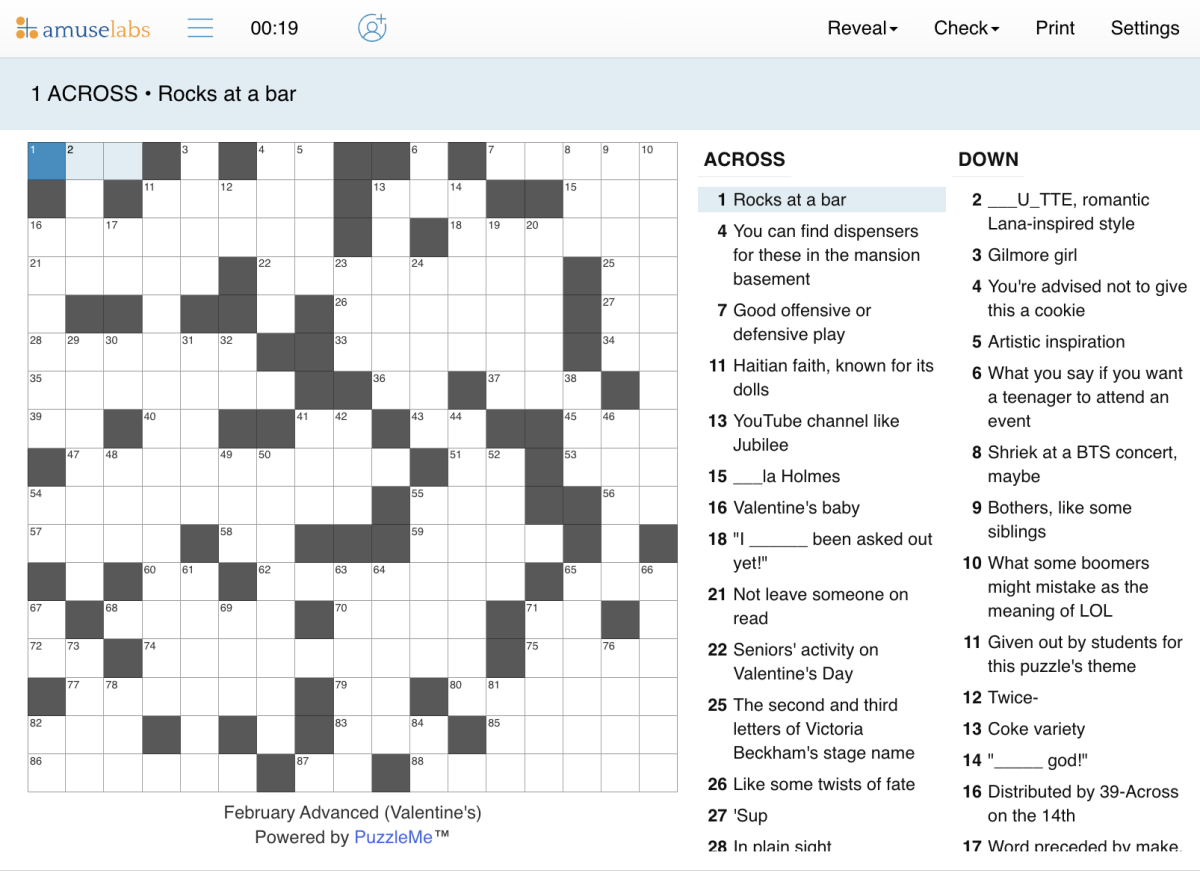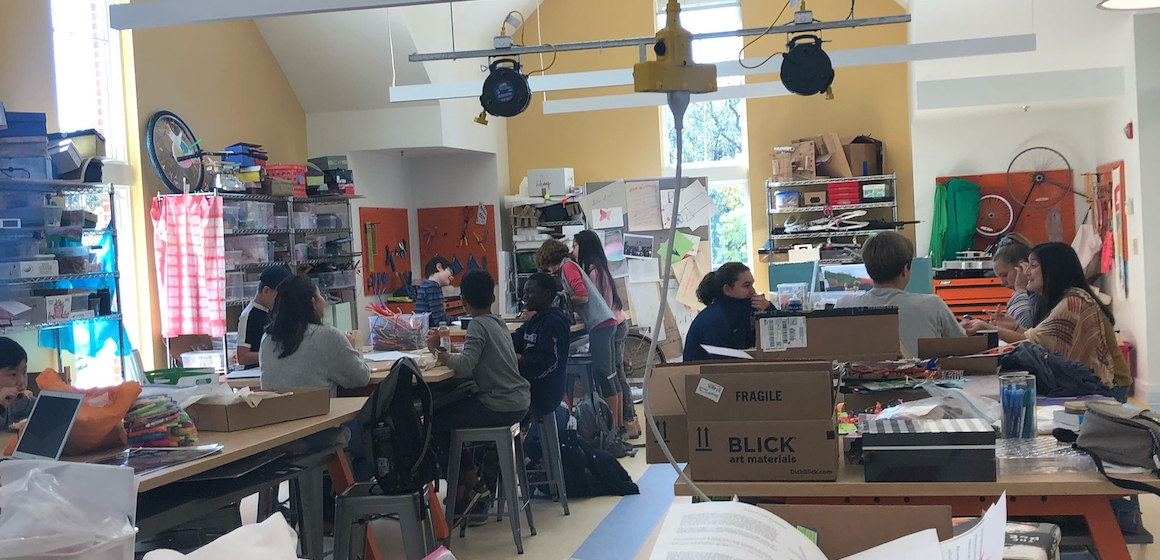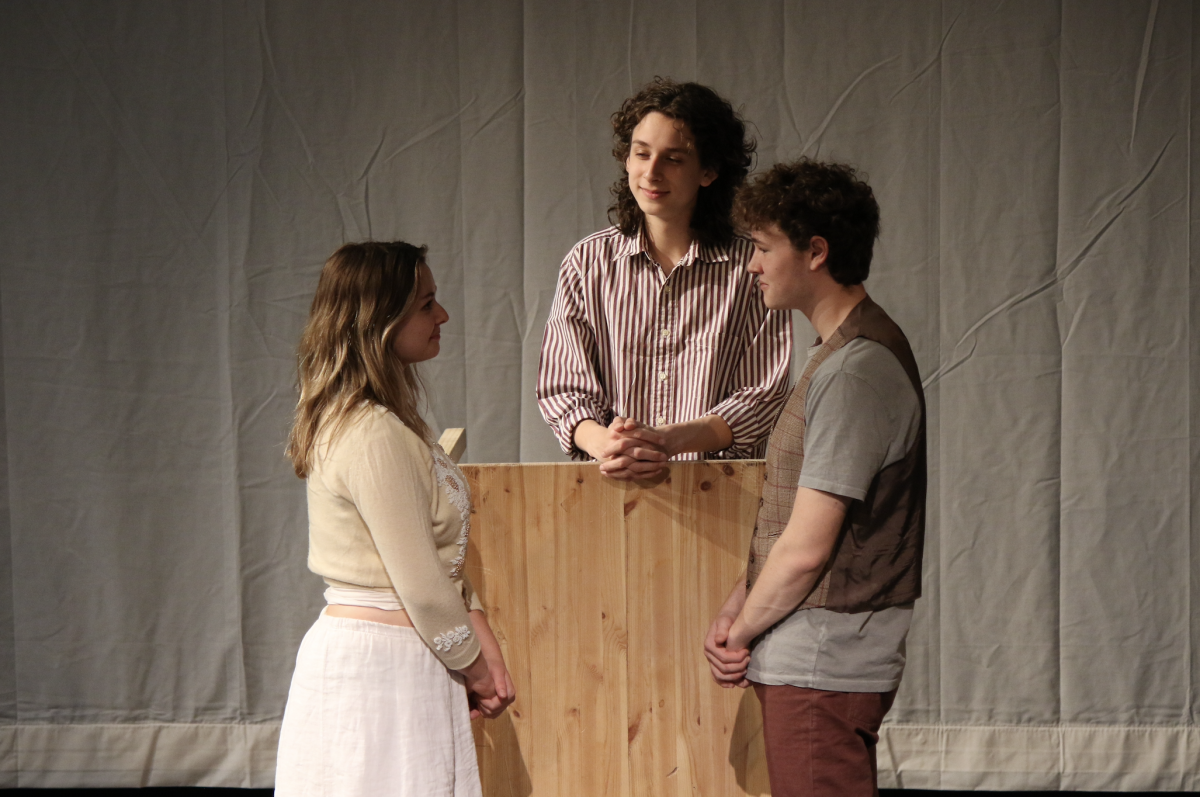The Alan Reese Design Lab, built in the 2018-2019 school year, caused controversy in the past due to the fact that it would replace the school’s only library. Nonetheless, many teachers see a promising future for the lab at WIS. Jaime Chao Mignano, STEAM Community Coordinator, believes that education requires a space with resources such as building materials and a 3D printer for creative learning throughout students’ various classes.
According to Chao Mignano, the Design Lab’s main goal is to improve learning throughout the school curriculum, not solely in the Visual Arts and Design Technology but also in Science, Humanities and English classes. Chao Mignano believes that “‘making’ across the curriculum” with the integration of hands-on projects into academic classes can lead to better understanding of material.
Additionally, she hopes that the Design Lab will help the recycling and reusing of materials that are often thrown in the trash, overall improving WIS’ ecological footprint. Chao Mignano explains that “we use a lot of recycled materials, or we ask parents for things that would be typically [thrown] away”.
By using materials that would otherwise be put in the trash, the Design Lab decreases the amount of waste that WIS produces and encourages students to recycle and reuse. The restoration and remaking of a grand piano on the floor of the Design Lab is clear evidence of recycling as they are going to use as many parts as they can to create something new.

Photo Credits: Abigail Bown
Besides the environmental impact, Chao Mignano hopes to improve students’ understanding of concepts in their classes through the Design Lab. While the Lab provides materials and resources for arts classes, many academic teachers, such as Kate Strangfeld and Denise Rodriguez also believe that the Design Lab enhances learning in their science and humanities classes.
Rodriguez has several projects that she is implementing into her Spanish humanities classes this year which will take place in the Design Lab. She details that “in sixth grade, they do 3D models and we’ve also done models of Roman infrastructure. [Her eighth-graders] have done postcards of the Medieval Japanese period where they take the perspectives of these Japanese characters.”
Rodriguez believes that these projects help her students understand the concepts better since a lot of research is needed to create designs or drawings based off of a certain art form (e.g. Japanese). She feels that her new projects help them to “better understand [the] details and intricacies of whatever it is they are working on.” Chao Mignano is very excited about additional new projects, explaining that “every single eighth-grader this year is going to have an art experience in their humanities class that they’ve never had before!”
Strangfeld also believes that these projects help her students apply the concepts they learn in class, and additionally keep everyone engaged. Additionally, she thinks that the Design Lab space is extremely helpful since it provides ample resources for students to use for their projects.
Strangfeld reflects that her students’ creations have increased in quality and creativity since the Design Lab’s creation, stating that “the lack of resources and space [before the Design Lab] limited students’ ability to create something different and new”. However, now, she’s noted that “they’re just more able to be imaginative”, citing examples of projects where the students created 3D sculptures or sewed paper circuits into fabric.
A few students use the Design Lab on a daily basis for personal projects and clubs. Eighth-graders Chloe Hallaert and Sophia Jemsby talk about the activities they do in the clubs run in the Design Lab. There are six Design Lab related clubs, and these 8th grade students are a part of five. “On Maker Monday we create different things, on Take-Apart Tuesday we take things apart and see how they work. On Wednesdays there’s Forge after school and Girls Who Code at lunch. Thursdays there’s Knitting with Knives, and Friday it’s Freestyle Friday” Jemsby said, describing the various clubs. Hallaert notes that “most people come on Mondays and Fridays because there are different things you can do.” She feels that this freedom to create is the main incentive for coming to club meetings.
Sixth-grader Harry Tong participates in several clubs, and particularly enjoys Knitting with Knives. Tong explains that he discovered his love for knitting by joining the club. His passion helps him succeed in other classes, such as his Visual Arts course. “When I knit, I see a pattern which helps me design textures and that’s very helpful [for my art class],” Tong said. Without the Design Lab, Tong likely wouldn’t have learned how to knit, since he would’ve “just been playing soccer with my friends.”
Zach Roberts, a 10th-grader, is a member of Merch Madness, a Design Lab-based Upper School club. Roberts enjoys the club, but feels that it could be improved in several ways, mainly through the purchasing of more screen printing presses. According to Roberts, “the bandanas from Merch Madness that we created 500 of took us 3 weeks.” He feels that purchasing at least one more press would be very helpful for the club members.
The other students also feel that while the Design Lab is already a great resource, it could be improved by adding new materials. Tong would appreciate a machine that melts down metals, since some individuals want to create metal sculptures however cannot bend the metal unless it’s already flexible.
Though there are certainly more materials which could be incorporated into the space, Upper School Assistant Principal Beta Eaton believes that the majority of necessary items are already present in the lab. “There’s probably a million different things that we could want in there” Eaton said before adding that “the things we do have in there are being utilized in a way that I’m not sure I would have envisioned possible.” Other teachers, like Ms. Strangfeld, also believe in the power of this creative space.
Strangfeld hopes that in the future the Design Lab could branch out to the rest of the community. “[Chao Mignano] could hold some sort of workshop for teachers to better utilize everything in there” Strangfeld suggests. This is because she feels the Design Lab contains many tools which most faculty don’t know how to utilize. Better understanding how to use the many materials available in the space will enable the teachers to start brainstorming additional projects, which hopefully will help communicate the concepts more clearly to the students. Eaton agrees that a faculty workshop would be helpful. “My expertise is not in making or design” Eaton said, feeling that a workshop would “open up a brand new perspective for teachers like myself who weren’t trained in [‘making’]”.
By increasing learning engagement in academic classes, enhancing extra curricular activities, and improving the school’s ecological footprint, the Design Lab proves itself to be a valuable part of WIS.
By Maia Nehme and Abigail Bown

